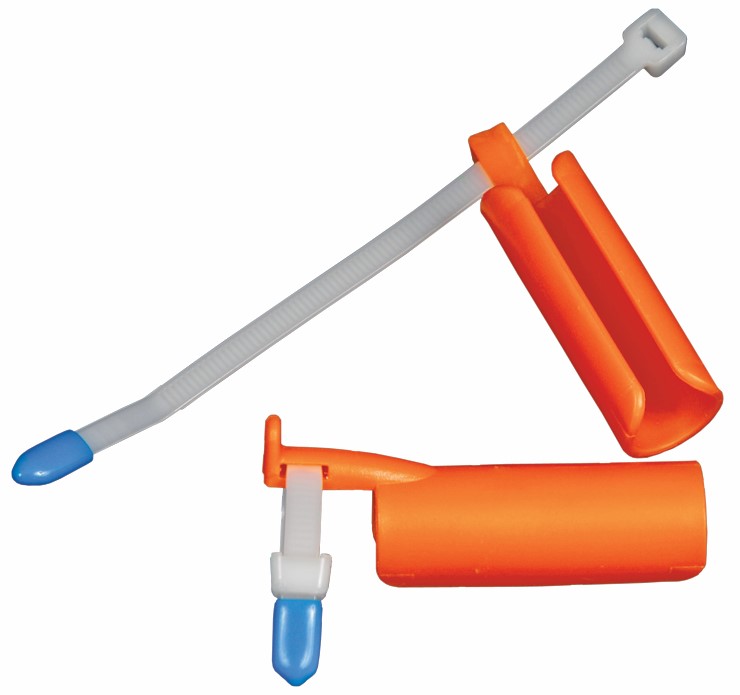In the realm of respiratory care, the management of severe respiratory conditions remains a significant challenge. Conditions such as severe asthma (COPD) and cystic fibrosis demand innovative treatment strategies to ensure patient well-being and improve quality of life. Among these strategies, multiple continuous nebulizers have emerged as a potentially game-changing approach. This article explores the efficacy of multiple continuous nebulizers in treating severe respiratory conditions, offering insights into their benefits, challenges, and the future direction of respiratory care.
The Role of Continuous Nebulizers in Respiratory Care
Continuous nebulizers are devices designed to deliver aerosolized medication over extended periods directly to the lungs of patients with respiratory conditions. Unlike traditional nebulizers, which administer medication in short bursts, continuous nebulizers ensure a steady and prolonged medication delivery, making them especially beneficial for patients with severe respiratory conditions who require constant medication to maintain respiratory function.
Multiple Continuous Nebulizers: Enhancing Treatment Efficacy
Using multiple continuous nebulizers involves the sequential or simultaneous use of several nebulizers to deliver a combination of medications. This approach is predicated on the idea that certain severe respiratory conditions can benefit from a multifaceted treatment strategy, simultaneously targeting different aspects of the disease. For example, a patient might use one nebulizer for a bronchodilator to open the airways, another for an anti-inflammatory medication to reduce swelling and inflammation, and a third for an antibiotic if an infection is present.
Advantages of Multiple Continuous Nebulizers
Comprehensive Treatment: Multiple continuous nebulizers can deliver a broader range of medications concurrently, addressing various symptoms and underlying causes of respiratory conditions more effectively than single-medication treatments.
- Customized Therapy: They allow for customized treatment plans, with dosages and medication combinations tailored to the needs, offering a more personalized approach to respiratory care.
- Improved Medication Absorption: The continuous delivery of medication increases the opportunity for absorption, potentially enhancing the efficacy of the treatment.
- Increased Patient Compliance: The convenience of receiving comprehensive treatment from home reduces the need for frequent hospital visits, improving patient compliance and overall quality of life.
Challenges and Considerations
While the use of multiple continuous nebulizers presents clear advantages, several challenges must be considered:
- Complexity of Management: Managing multiple medications and devices can be complex for patients and caregivers, requiring thorough education and training to ensure proper use.
- Risk of Medication Interactions: The simultaneous use of medications increases the risk of drug interactions, necessitating careful oversight by healthcare professionals.
- Cost Implications: Multiple devices and medications can lead to higher treatment costs, potentially limiting access for some patients.
- Need for Close Monitoring: Patients using multiple continuous nebulizers require close monitoring to assess treatment efficacy and adjust therapy as needed.
Clinical Evidence and Patient Outcomes
A growing body of clinical evidence supports the effectiveness of multiple continuous nebulizers in treating severe respiratory conditions. Studies have shown that patients with COPD exacerbations who received multiple medication nebulizations experienced significant improvements in lung function, symptom relief, and overall treatment satisfaction. These findings underscore this approach’s potential to improve the standard of care for a lot of patients with challenging respiratory conditions.
The Future of Respiratory Care
As research into using multiple continuous nebulizers continues, this approach will likely become increasingly integrated into the treatment paradigms for severe respiratory conditions. Advances in nebulizer technology, including the development of more efficient and user-friendly devices, will further enhance the viability of this treatment strategy. Additionally, ongoing clinical trials and studies will provide valuable insights into optimizing medication combinations and dosing regimens, maximizing the therapeutic potential of multiple continuous nebulizers.
Conclusion
Using multiple continuous nebulizers represents a promising advancement in treating severe respiratory conditions. By offering a more comprehensive and customized approach to medication delivery, this strategy can significantly improve patient outcomes and quality of life. However, the success of this approach depends on careful patient selection, meticulous management of treatment regimens, and ongoing collaboration between patients, caregivers, and healthcare providers. As the landscape of respiratory care continues to evolve, multiple continuous nebulizers stand out as a tool in the ongoing effort to provide effective, personalized care for those with severe respiratory challenges.

